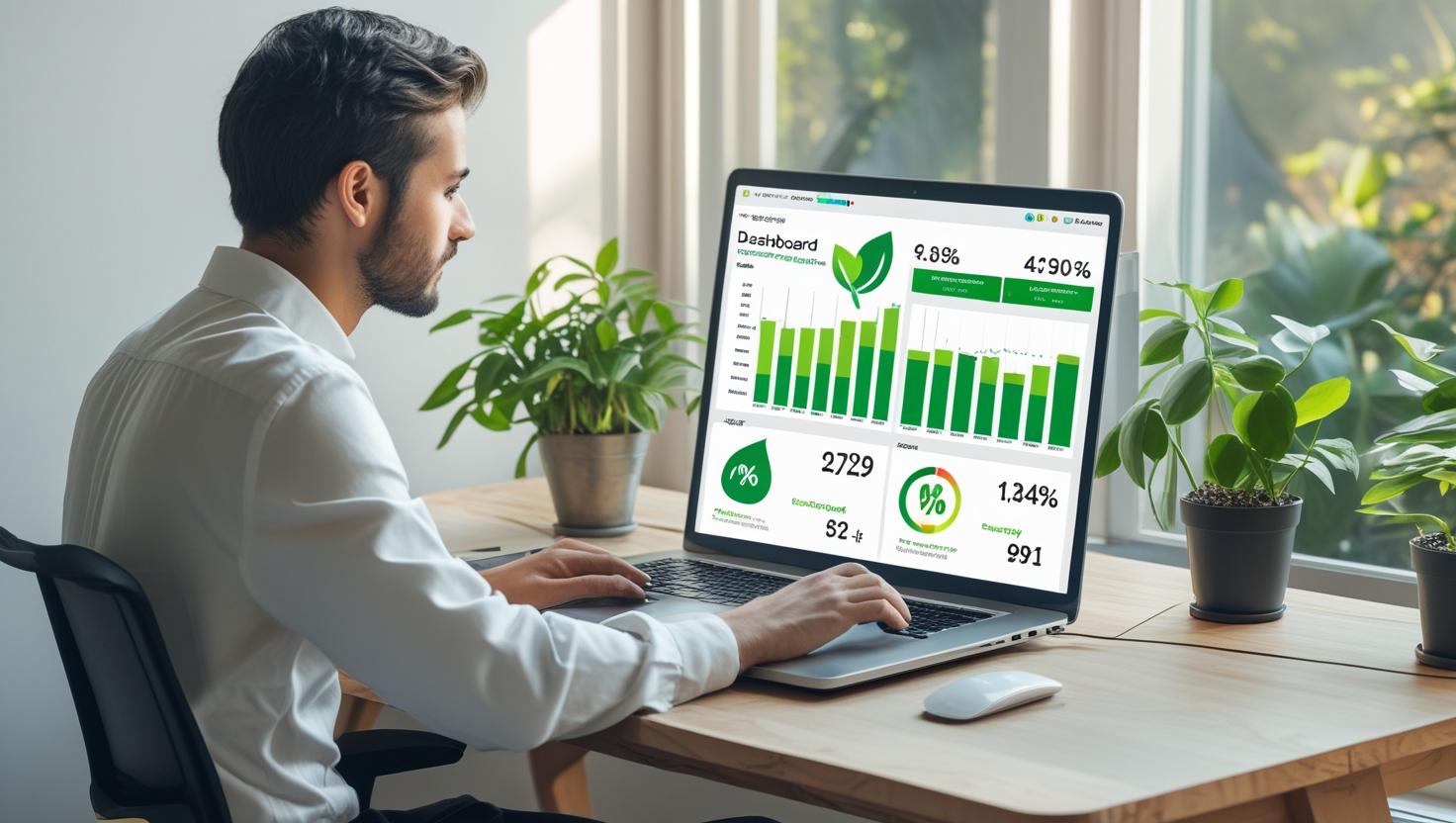MVP for Green Code Analytics in Software Development

Introduction
As environmental awareness rises across industries sustainable software development is becoming a top priority. Developers and tech companies are seeking ways to measure and reduce the environmental footprint of their applications. Green Code Analytics refers to tools and practices used to monitor optimize and report energy consumption and carbon impact of software. Creating a Minimum Viable Product MVP for Green Code Analytics allows development teams to prototype these capabilities early in the software lifecycle. This blog explores the concept key use cases advantages and the future of integrating green analytics into software engineering workflows.
What is MVP for Green Code Analytics in Software Development
A Minimum Viable Product for Green Code Analytics is the initial version of a tool or platform that tracks and reports the environmental impact of software code. This includes metrics like energy usage processor load memory consumption and associated carbon emissions. The MVP may include features such as code scanners green scoring systems and dashboards for visualizing eco efficiency. It is built with limited features to validate the need performance and usability of green analytics in the development process. It also allows for early integration into CI CD pipelines and development tools.
Why It Is Important
Traditional software engineering practices rarely consider environmental cost. As global data usage surges software contributes increasingly to energy consumption and emissions. Green Code Analytics addresses this by making developers aware of their code's environmental footprint. An MVP helps test the feasibility of such tools in real projects enabling teams to identify performance bottlenecks with high carbon impact. It promotes sustainable engineering habits and aligns with corporate environmental social and governance ESG goals. Early MVP adoption also prepares businesses for future regulatory requirements on sustainable digital practices.
Key Uses
-
Codebase energy consumption tracking during development
-
Eco performance scoring and optimization suggestions in IDEs
-
CI CD integration for identifying green and non green builds
-
Benchmarking applications based on power efficiency metrics
-
Educating developers on writing carbon efficient algorithms
-
Dashboard reporting for tech leads and sustainability teams
-
Identifying resource intensive components in backend services
-
Enabling green software certification processes
Benefit
-
Helps reduce overall energy usage and operational cost
-
Encourages eco conscious development practices
-
Improves code quality by identifying unnecessary resource consumption
-
Creates transparency in environmental impact for stakeholders
-
Supports sustainability reporting and compliance
-
Aligns tech with corporate green goals and brand values
-
Drives innovation in low energy algorithm design
-
Adds long term value to software products through sustainability
Future Outlooks
As sustainable development becomes a competitive advantage more companies will invest in green coding tools. Open source communities and enterprise software platforms are expected to adopt standard metrics for carbon aware software. Future MVPs will likely integrate with cloud platforms to provide real time energy impact reports. AI and machine learning models will recommend eco efficient refactoring strategies. Government regulations may eventually require carbon labeling of digital products pushing MVPs in this space into mainstream adoption. Green Code Analytics will shift from an experimental initiative to a core software engineering standard.
Frequently Asked Questions (FAQs)
1. What is green code analytics in software development?
Green code analytics refers to the process of measuring and optimizing the energy consumption and carbon impact of software systems during development. It focuses on improving coding practices and architecture for energy efficiency and environmental sustainability.
2. Why is green code analytics important in modern software engineering?
It is important because it helps reduce the environmental footprint of digital services by identifying code inefficiencies that lead to unnecessary energy consumption. As climate impact becomes a growing concern, green coding is essential for responsible development.
3. How does an MVP help in implementing green code analytics?
An MVP provides a basic but functional version of a green code analytics tool that allows developers to test energy metrics and identify performance bottlenecks. It validates the concept before investing in a full-scale product.
4. Who can benefit from using green code analytics tools?
Software developers, development teams, DevOps engineers, tech leads, and IT managers across industries can benefit by integrating green analytics into their development pipeline. It supports sustainable coding goals and improves system efficiency.
5. What are the features of an MVP for green code analytics?
Typical features include code-level energy usage tracking, carbon emission estimation, performance efficiency reporting, visual dashboards, and actionable insights to refactor high-impact modules for sustainability.
6. What technologies are involved in building such an MVP?
Common technologies include static code analysis tools, machine learning models for energy estimation, real-time telemetry, performance profilers, cloud-based monitoring APIs, and backend dashboards for data visualization.
7. What is the future of green code analytics in software development?
The future is promising as demand for eco-friendly tech grows. Green code analytics will become a standard practice with integration into CI CD pipelines, AI-based optimization, government regulations on digital emissions, and company-wide sustainability initiatives.








